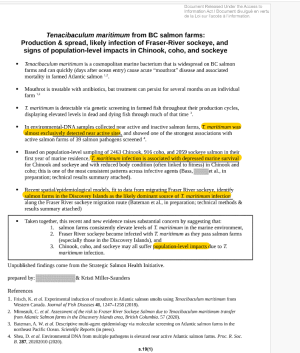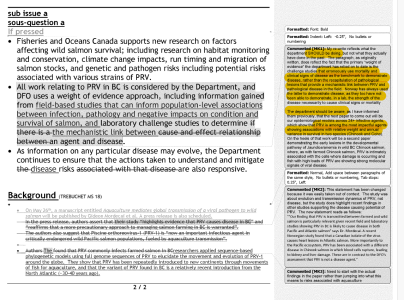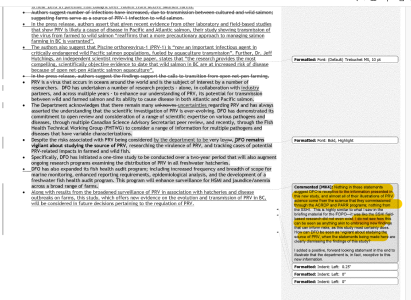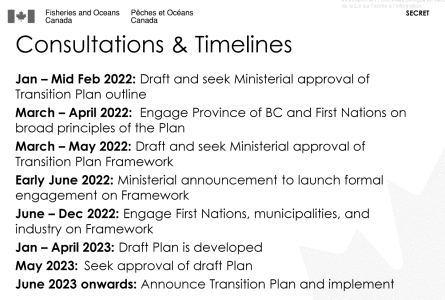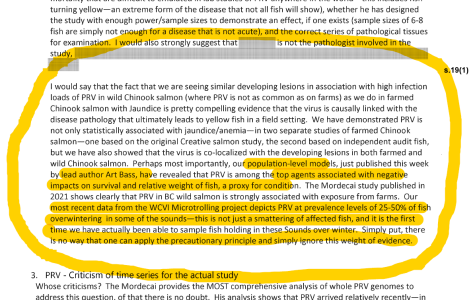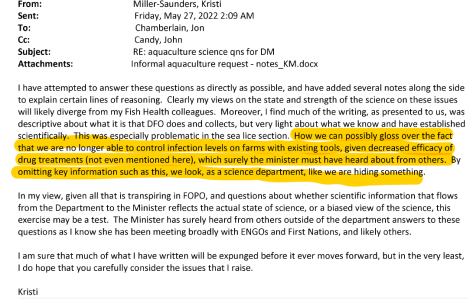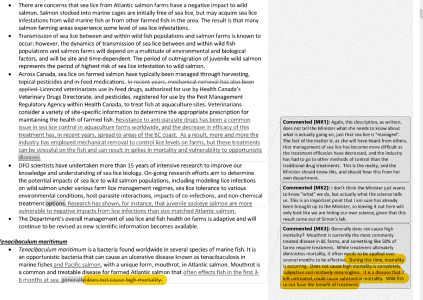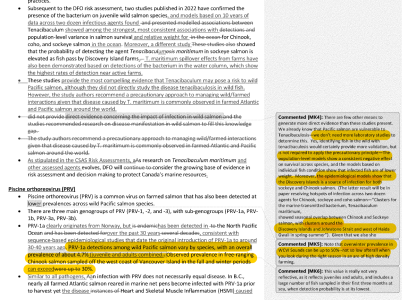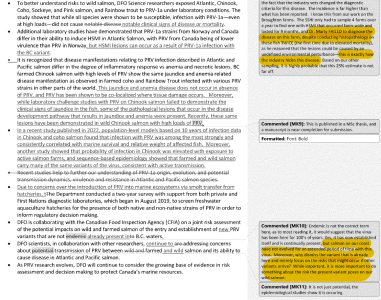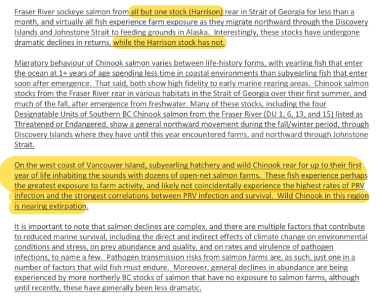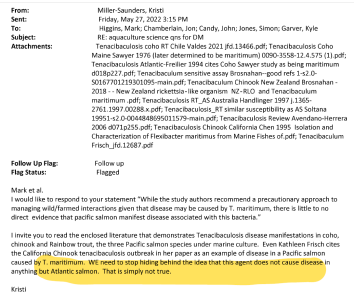and Scotland is going ahead and doing what I have been insisting needs done for years in Canada:
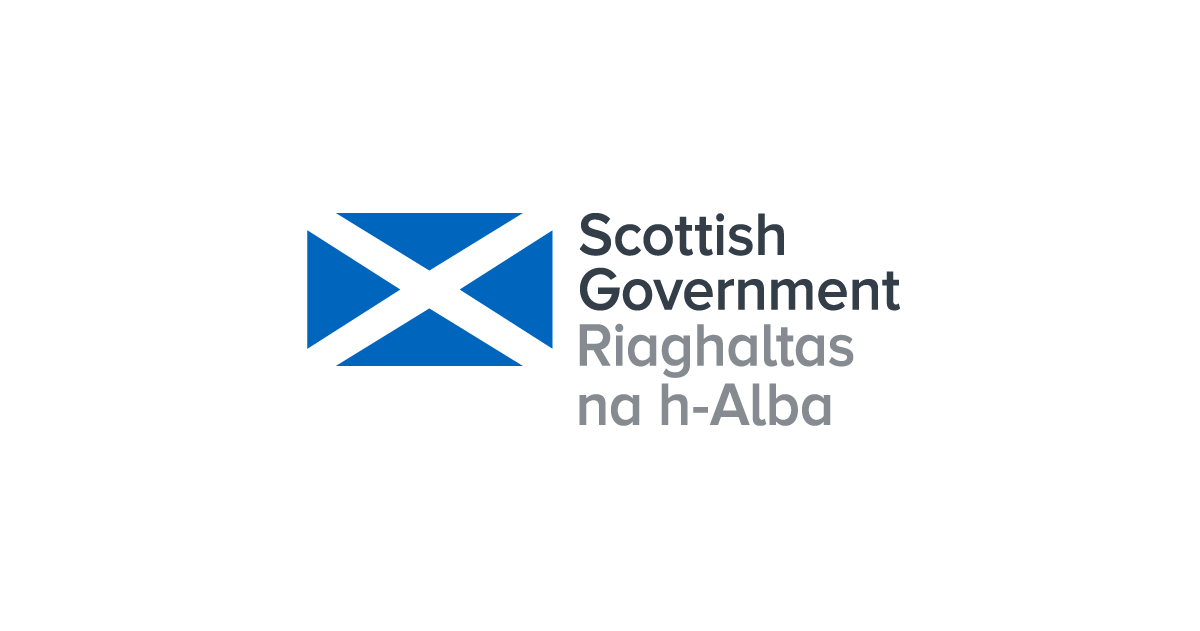
 www.gov.scot
www.gov.scot
"Create a sea lice modelling and farm connectivity action plan, identifying required resources and responsible parties. The plan should explore the use of hydrodynamic and other modelling types to manage sea lice infection pressure over larger areas and be complimentary to other environmental models used to support optimal site identification."
blob:https://consultation.sepa.org.uk/82b16716-c367-4474-bc93-52f84b4fbd20
“Water movements can disperse sea lice copepodids more than 30km from the farms where they originate. Observations at sea and hydrodynamic modelling confirm that tidal, temperature and salinity features in the sea can concentrate copepodids from multiple farms at high densities, far from their source. The proposed wild salmon protection zones should be reviewed in the light of hydrodynamic modelling of virtual lice particles, to predict where the lice will accumulate.”

Scotland's 10 Year Farmed Fish Health: strategic framework
Framework document produced by the Farmed Fish Health Working Group for the Scottish Government.
"Create a sea lice modelling and farm connectivity action plan, identifying required resources and responsible parties. The plan should explore the use of hydrodynamic and other modelling types to manage sea lice infection pressure over larger areas and be complimentary to other environmental models used to support optimal site identification."
blob:https://consultation.sepa.org.uk/82b16716-c367-4474-bc93-52f84b4fbd20
“Water movements can disperse sea lice copepodids more than 30km from the farms where they originate. Observations at sea and hydrodynamic modelling confirm that tidal, temperature and salinity features in the sea can concentrate copepodids from multiple farms at high densities, far from their source. The proposed wild salmon protection zones should be reviewed in the light of hydrodynamic modelling of virtual lice particles, to predict where the lice will accumulate.”




